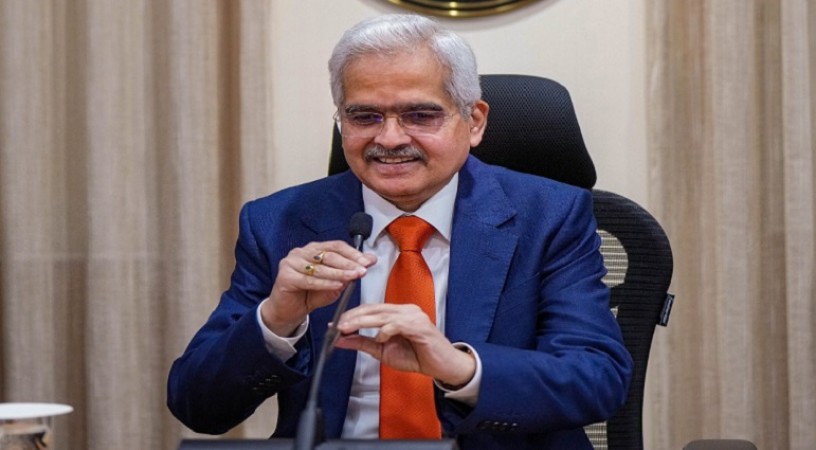
The Reserve Bank of India (RBI) has once again kept interest rates and its stance unchanged in its latest meeting, marking the sixth consecutive time it has done so. However, experts suggest that the central bank may be considering disconnecting its stance from managing liquidity.
Although the decisions made by the Monetary Policy Committee (MPC) were largely expected by the market, some anticipated a shift in policy stance following a decrease in core inflation and a cautious Interim Budget presented by Finance Minister Nirmala Sitharaman on February 1. Despite this, the MPC, with a majority of 5:1, chose to maintain its current stance of ‘withdrawal of accommodation.’
RBI Governor Shaktikanta Das clarified that the MPC's stance primarily relates to interest rates, which are the key tool of monetary policy. He emphasized the need for withdrawal of accommodation due to incomplete transmission of policy changes and inflation persisting above the targeted 4%. However, Das refrained from commenting on the prerequisites for changing the stance, citing the volatile economic conditions.
What is the RBI suggesting?
Analysts are closely observing the RBI's efforts to maintain liquidity stability, seeing it as the preferred method to influence market interest rates. Recent liquidity operations by the RBI have resulted in a drain of Rs 92,100 crore from the system after injecting cash earlier.
Governor Das mentioned that liquidity conditions are influenced by external factors, which are expected to normalize with RBI's market interventions.
Economists interpret the RBI's actions as signaling a possible detachment of the stance from liquidity management.
"The RBI appears to prioritize maintaining comfortable liquidity levels, attributing current deficits to temporary factors that can be managed through adjustments in operations," explained Sakshi Gupta, an economist at HDFC Bank.
Earlier expectations of a change in stance to 'neutral' led to a decline in bond yields.
"The RBI has effectively addressed concerns regarding sustained liquidity deficits, which have been primarily driven by seasonal and macroeconomic factors. These deficits are expected to ease over the next few months," noted Debopam Chaudhuri, Chief Economist at Piramal Group.
Concerns over Rate of Transmission
Despite a decrease in core inflation, retail inflation in India reached a four-month high of 5.9% in December, mainly due to rising food prices. The MPC has maintained its stance for six consecutive meetings after raising rates by 250 basis points. While inflation has moderated from its peak during the pandemic, it remains above the RBI's targeted median of 4%.
"The MPC believes that managing liquidity is crucial until consumer inflation aligns with the RBI's medium-term target of 4%," remarked Dharmakirti Joshi, Chief Economist at CRISIL.
RBI Issues Guidelines for Financial Institutions Amid Paytm Crisis
RBI's Panel Starts Talks on Interest Rates; Decision Expected on Feb 8